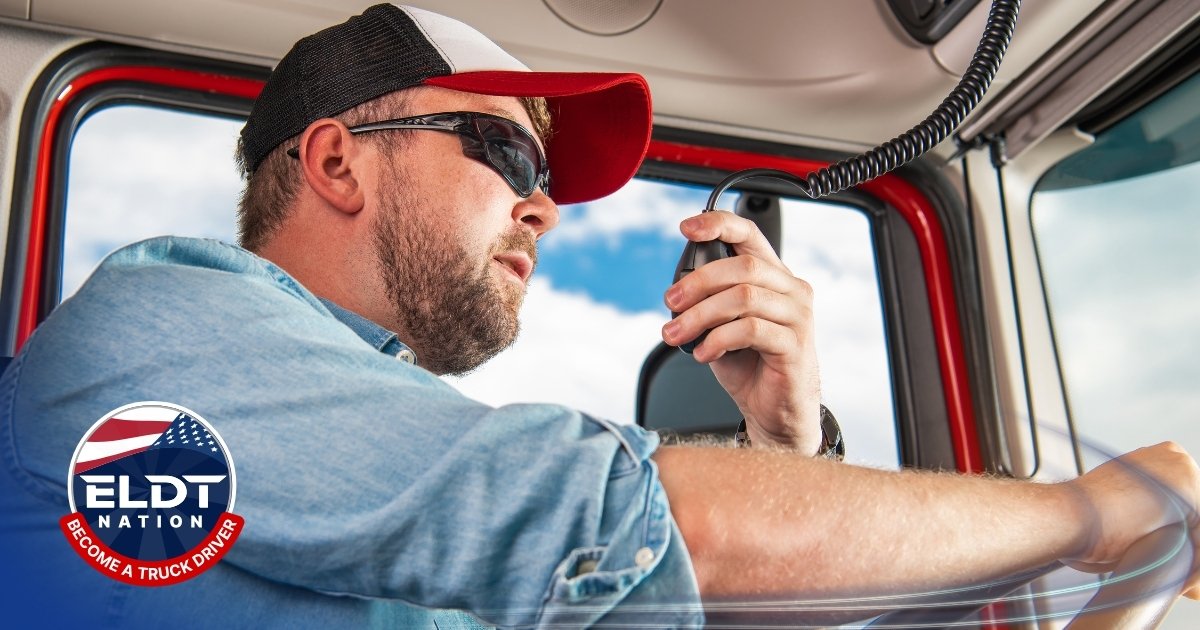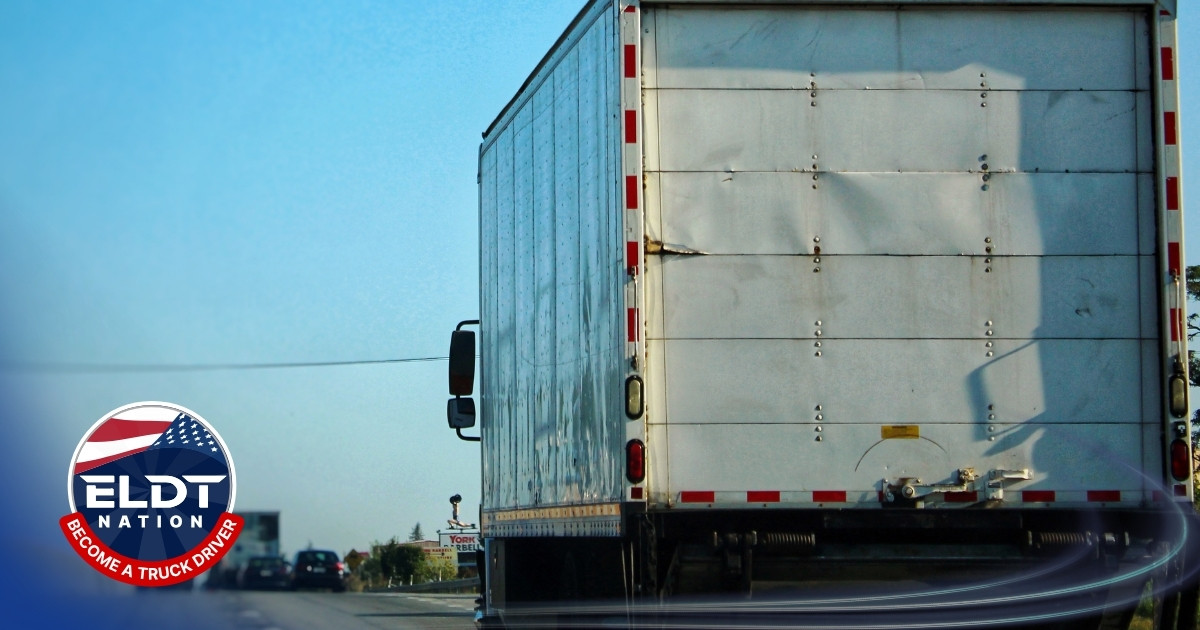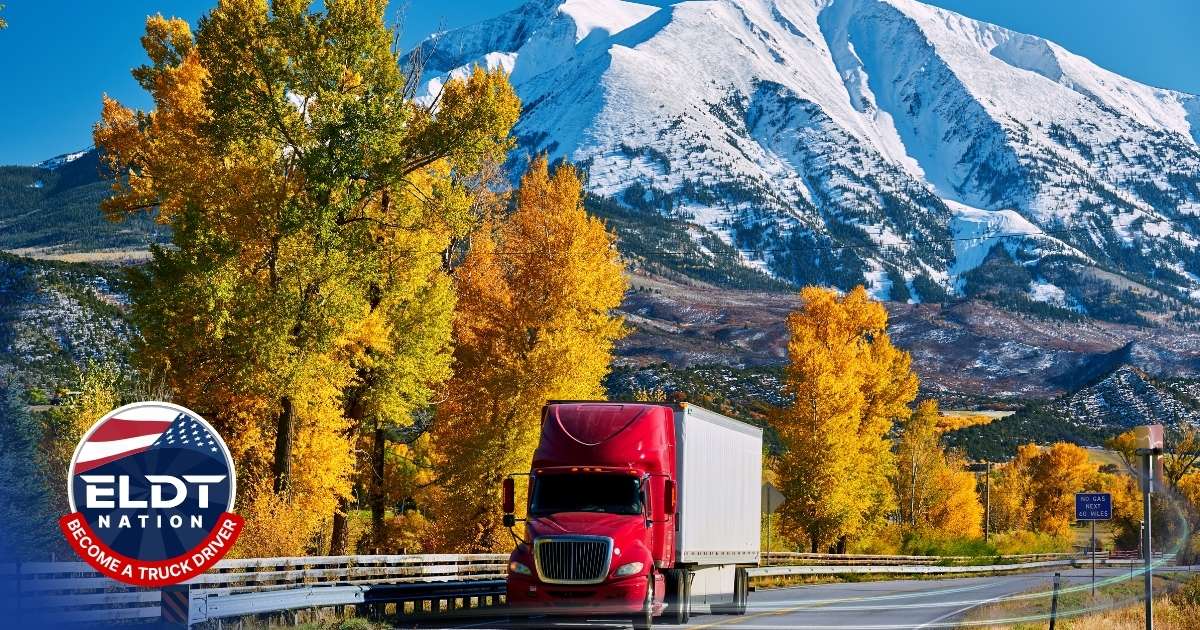Owner-Operator vs. Fleet Owner: Which Trucking Business Model is Best?
The trucking industry offers multiple pathways for entrepreneurs and drivers to build prosperous careers. Two of the most common business models are operating as an owner‑operator or expanding into a fleet owner. Each path has distinct benefits, responsibilities, risks and earning potential. Choosing the right model depends on your goals, resources and appetite for management. In this comprehensive comparison, we explore what it means to be an owner‑operator versus a fleet owner, weigh the pros and cons, and help you decide which model best suits your ambitions.
What Is an Owner‑Operator?
An owner‑operator is an independent contractor who owns or leases a single truck (sometimes more) and contracts with motor carriers or shippers to haul freight. The owner‑operator is both the driver and business owner, responsible for securing loads, maintaining equipment, paying insurance, filing taxes and complying with regulations. Some owner‑operators lease onto a larger carrier, which provides authority and dispatch services, while others operate under their own DOT authority, marketing directly to shippers and brokers.
Responsibilities of an Owner‑Operator
- Driving and load management – Owner‑operators typically drive their own trucks and spend long hours on the road. They negotiate rates, plan routes, and ensure deliveries are on time.
- Equipment upkeep – As the equipment owner, you must handle maintenance, repairs, fuel and upgrades. Proper upkeep is crucial for safety, compliance and profitability.
- Business administration – Owners manage bookkeeping, taxes, permits, insurance and regulatory compliance. Filing quarterly taxes and maintaining driver qualification files can be time‑consuming.
- Load sourcing – You’ll find freight through load boards, brokers, direct customer relationships or lease agreements with carriers. Keeping the truck moving with well‑paid loads is essential to profitability.
Pros of Being an Owner‑Operator
- Independence – You choose which loads to haul, routes to take, and how to schedule your time. This autonomy appeals to drivers who prefer self‑direction.
- Higher gross revenue – Owner‑operators keep a larger share of revenue per mile because there is no company taking a cut. According to industry data, owner‑operators can gross over $300,000 annually, though net income depends on expenses.
- Equipment choice – You can select the make, model and specifications of your truck to match your preferences and operational needs. Upgrading the truck or adding features (e.g., APU, aerodynamic devices) is your decision.
- Potential tax advantages – Operating as a business allows you to deduct expenses such as fuel, maintenance, depreciation, insurance and per diem.
Cons of Being an Owner‑Operator
- High expenses – You pay for your truck, fuel, insurance, permits, maintenance, accounting and self‑employment taxes. Unexpected repairs can erode profits quickly.
- Income variability – Revenue fluctuates based on freight availability, rates, fuel prices and seasonality. Lean periods require careful cash flow management.
- Administrative burden – Managing paperwork, regulations and finances can be overwhelming, especially for those who prefer driving to office tasks.
- Limited scale – With one truck (or a few), your earning potential is tied directly to your hours behind the wheel. There is little passive income unless you hire another driver, which introduces new responsibilities.
What Is a Fleet Owner?
A fleet owner operates multiple trucks and typically employs or contracts several drivers. Fleet owners may start as owner‑operators and expand by purchasing or leasing additional trucks, hiring drivers and possibly leasing onto a larger carrier or operating under their own authority. Some fleet owners focus on a niche, such as refrigerated transport or tanker services, while others run general freight fleets.
Responsibilities of a Fleet Owner
- Business management – Fleet owners act as executives, overseeing dispatch, driver recruitment, payroll, maintenance scheduling, safety compliance and customer relationships. They may hire staff to handle bookkeeping, human resources and dispatching.
- Capital investment – Purchasing trucks, trailers and equipment requires significant upfront capital or financing. Fleet owners must manage debt and cash flow carefully.
- Driver supervision – Hiring, training and retaining drivers becomes a central part of the business. Fleet owners develop policies, safety programs and incentive structures to keep drivers productive and safe.
- Regulatory compliance – Larger fleets face more intense scrutiny from regulators. Compliance with FMCSA regulations, drug testing, hours‑of‑service, maintenance and recordkeeping is essential.
.jpg)
Pros of Being a Fleet Owner
- Scalable income – With multiple trucks generating revenue simultaneously, fleet owners can earn more than a single owner‑operator. Profit grows as you add trucks and drivers, provided expenses are controlled.
- Economies of scale – Larger fleets can negotiate better fuel prices, maintenance rates and insurance premiums. Purchasing parts or fuel in bulk saves money.
- Diversified revenue – Having multiple trucks reduces reliance on one vehicle. If one truck is down for repairs, others continue to generate income.
- Less time on the road – Fleet owners may transition from driving to managerial roles, allowing them to spend more time at home or on business development.
Cons of Being a Fleet Owner
- High startup and operating costs – Purchasing multiple trucks and trailers requires significant capital. Ongoing expenses include driver wages, benefits, insurance, maintenance and administrative salaries.
- Increased liability – More vehicles and drivers mean a greater chance of accidents and claims. Fleet owners must carry higher insurance limits and manage risk proactively.
- Complex management – Hiring and managing drivers, dispatchers, safety coordinators and mechanics involves HR skills and compliance knowledge. Employee turnover can be costly and disruptive.
- Regulatory exposure – Larger fleets attract more regulatory oversight. Failure to comply with safety audits, drug testing requirements or recordkeeping can result in heavy fines and suspension of operating authority.
Owner‑Operator vs. Fleet Owner: Key Differences
The table below summarizes the primary differences between the two business models. Use this comparison to weigh the trade‑offs and determine which aligns with your goals and resources.
*Income figures are approximations and vary based on rates, expenses, management efficiency and market conditions.
Choosing the Right Model
Selecting between owner‑operator and fleet owner depends on several factors:
- Financial resources – Do you have enough capital or financing to purchase multiple trucks and cover payroll? If not, starting as an owner‑operator may be more feasible. You can grow into a fleet as profits accumulate.
- Desired lifestyle – If you love being on the road and prefer autonomy, the owner‑operator model might suit you. If you want to build a larger enterprise and eventually step out of the cab, fleet ownership offers that path.
- Risk tolerance – Operating one truck carries less financial risk but exposes you to income fluctuations when your truck is down. Owning a fleet spreads risk but also involves higher liability and debt.
- Management skills – Fleet owners need to manage people, finances and compliance. If you enjoy leadership and administrative tasks, you may thrive in this role. Otherwise, being an owner‑operator keeps management responsibilities simpler.
- Market conditions – Consider freight demand, rates and competition in your region. During periods of high demand and strong rates, expanding into a fleet may be lucrative. In downturns, keeping a lean operation may be wise.
Transitioning from Owner‑Operator to Fleet Owner
Many fleet owners begin as owner‑operators, learning the industry and building capital before expanding. If you plan to make this transition:
- Create a business plan – Outline your growth strategy, including how many trucks you will add, how you will finance them, and which lanes or commodities you will serve.
- Secure financing – Build credit, save for down payments and explore financing options such as commercial truck loans, equipment leases or alternative lenders.
- Develop a recruitment strategy – Hire qualified drivers who align with your safety culture. Implement driver orientation programs and competitive compensation packages to retain talent.
- Invest in systems – Purchase dispatch software, accounting tools and compliance management systems to handle increased complexity. Without technology, managing a fleet can quickly become overwhelming.
- Delegate and hire staff – As you add trucks, you will need dispatchers, mechanics, safety personnel and administrative support. Delegating tasks allows you to focus on growth and strategy.
ELDT Nation supports you at every stage of your trucking career. Visit ELDT Nation to explore training that will empower you to succeed—whether behind the wheel or behind the desk.







